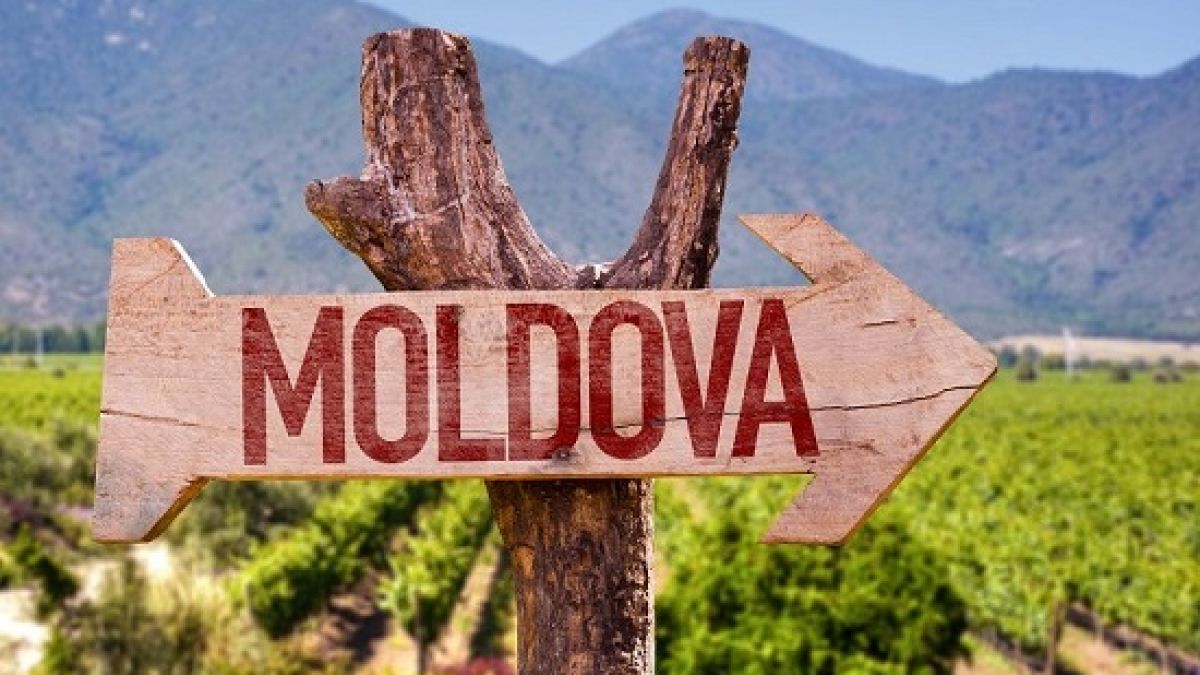Nestled between Romania to the west and Ukraine to the east, Moldova is a small yet fascinating country in Eastern Europe. Often overlooked on the international stage, Moldova boasts a rich cultural heritage, diverse landscapes, and a history that intertwines with both Eastern and Western influences. Despite facing numerous challenges, including economic difficulties and political instability, Moldova continues to maintain a unique identity and offers potential for future growth and development.
Geography and Climate
Moldova is a landlocked country, covering an area of approximately 33,846 square kilometers, making it one of the smallest nations in Europe. The terrain is predominantly hilly and river-dominated, with the Dniester River running through the country, creating picturesque valleys and fertile plains. This natural beauty provides Moldova with excellent agricultural potential, particularly for vineyards and orchards.
The climate of Moldova is continental, with hot summers and cold winters. The favorable climate conditions have made Moldova a significant producer of wine, which is a key element of its economy and culture.
History and Culture
Moldova’s history is deeply intertwined with the rise and fall of various empires and kingdoms. The region has been part of the Roman Empire, the Ottoman Empire, and the Russian Empire, which has influenced its culture, language, and political landscape.
In the 20th century, Moldova was part of the Soviet Union until it gained independence in 1991. Since then, the country has struggled to define its national identity, balancing between its historical ties with Russia and Romania. This struggle is reflected in the country’s complex linguistic and cultural makeup. Romanian is the official language, but Russian is widely spoken, especially in the breakaway region of Transnistria, where Russian is also an official language.
Moldova is also home to a rich cultural heritage, which includes traditional folk music, dance, and vibrant festivals. The country is famous for its wine-making traditions, which date back over 5,000 years. The Milestii Mici wine cellar, one of the largest in the world, attracts tourists from all over the globe, eager to taste Moldova’s renowned wines.
Political Landscape and Economy
Moldova has experienced significant political challenges since its independence. The country has struggled with corruption, weak governance, and a lack of political stability. The political environment is highly polarized, with factions supporting closer ties with either the European Union or Russia. This division has led to several changes in government and political unrest.
Despite these challenges, Moldova has made efforts to modernize its economy and improve its international standing. The country’s economy is heavily reliant on agriculture, particularly wine production, as well as textiles and machinery. Moldova is also one of the poorest countries in Europe, with a significant portion of its population working abroad in countries like Italy, Russia, and Spain.
In recent years, Moldova has sought closer ties with the European Union, signing an Association Agreement in 2014. However, the political and economic reforms necessary to fully integrate into the EU have been slow, and Moldova continues to face challenges in implementing these changes.
Transnistria Conflict
One of the most significant issues facing Moldova is the frozen conflict in the breakaway region of Transnistria. Located along the Dniester River, Transnistria declared independence from Moldova in 1990, following the collapse of the Soviet Union. However, it is not internationally recognized and remains a de facto independent state, supported by Russian military and political backing.
The presence of Russian troops in Transnistria has complicated Moldova’s relationship with both Russia and the West. The conflict remains unresolved, with no clear path to a peaceful resolution, creating a source of instability in the region.
Tourism and Natural Beauty
Despite its political and economic struggles, Moldova has much to offer visitors. The country is known for its vineyards, many of which are open for tours and wine tasting. The picturesque countryside, with its rolling hills and lush forests, offers opportunities for hiking, bird watching, and exploring quaint villages.
Chisinau, the capital city, is home to a number of cultural institutions, parks, and historical sites. Visitors can explore the Stefan Cel Mare Park, the National Museum of History, and the impressive Nativity Cathedral. The city’s blend of Soviet-era architecture and modern developments reflects Moldova’s ongoing transformation.
Moldova is also known for its natural reserves, such as the Codrii Forest, which is rich in biodiversity and serves as a habitat for many species of flora and fauna. The country’s picturesque monasteries and ancient fortresses, like the Orheiul Vechi Monastery, attract those interested in history and spirituality.
Conclusion
Moldova is a country of contrasts—rich in culture, history, and natural beauty, but also facing numerous challenges as it navigates its path toward greater political and economic stability. While the country’s future remains uncertain, it is clear that Moldova holds potential as a cultural and agricultural hub in Eastern Europe. With its wine-making traditions, picturesque landscapes, and a growing desire to embrace European values, Moldova continues to be a nation to watch in the coming years. For those seeking a destination off the beaten path, Moldova offers a unique experience that blends the charm of Eastern Europe with a resilient spirit of progress.
